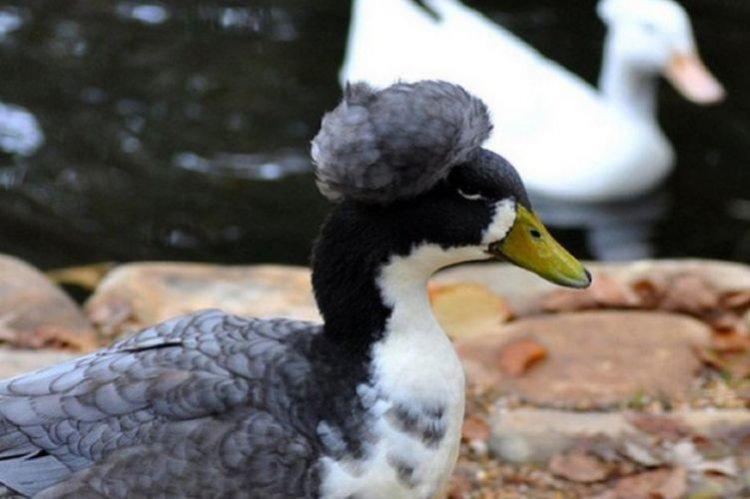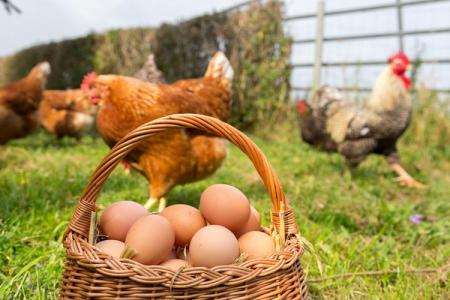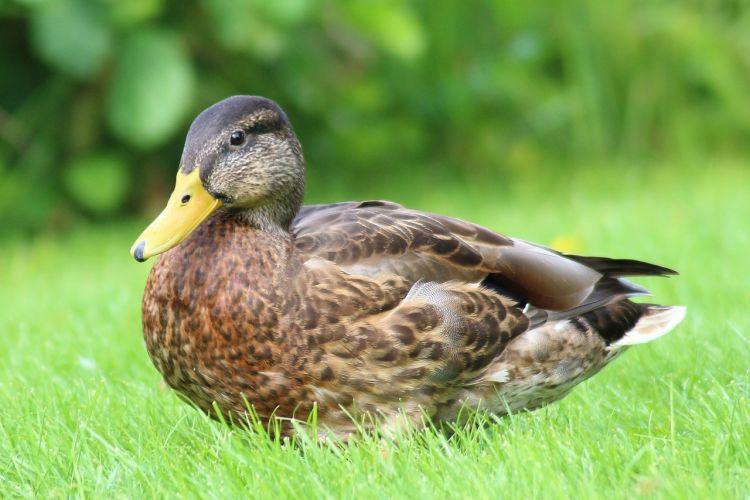
Ducks are bred on the farm for meat, eggs and beauty. And all because they are easy to maintain, unpretentious and almost do not cause trouble. Did you know that in fact there are dozens of types of them, and they are all very different? We have prepared a selection of the 25 most popular duck breeds - with photos and descriptions!
Meat breeds of ducks
Duck meat is considered dietary and is rich in beneficial trace elements and protein. Meat ducks are the largest and gain weight quickly, literally before our eyes.
Beijing
This is the best beef breed that was bred in China more than 300 years ago. Large drakes grow up to 4 kg, and they are almost omnivorous and unpretentious to climatic conditions. They don't necessarily need a body of water, but Peking ducks can be very noisy.
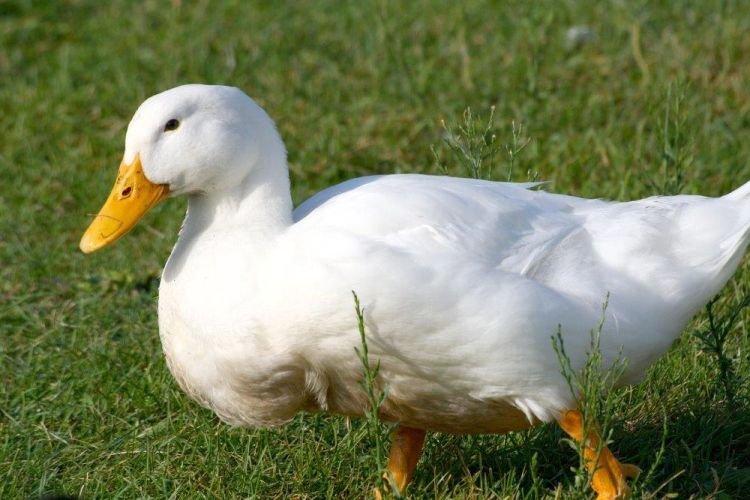
Gray Ukrainian
A large massive duck was bred by crossing wild birds with domestic ones. She has a very long, wide body, and by one month the ducklings are gaining up to 4 kg of weight. The breed easily tolerates winter and is not picky about food, but is sensitive to drafts.
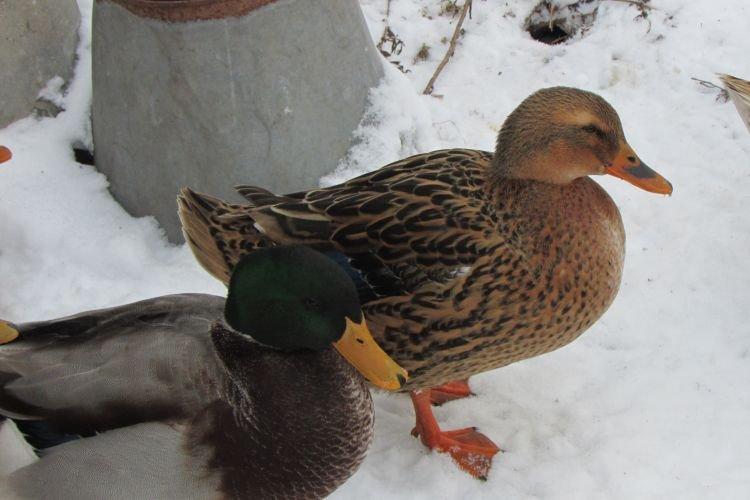
Rouen
The sturdy breed of French origin formed the basis of many later species of domestic ducks. Rouen meat is very tender, and an adult weighs about 3.5 kg.
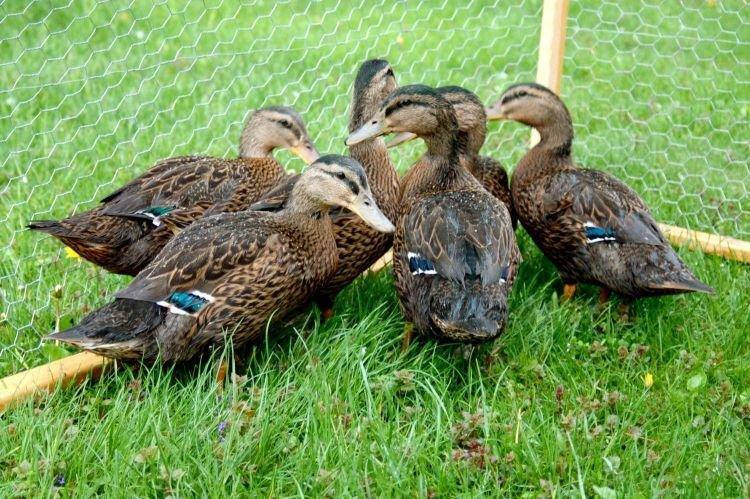
Black white-breasted
A hybrid of Peking duck and Campbell duck is hardy and well adapted to mid-latitude conditions. They are distinguished by a completely black body color with a dark beak and a snow-white breast. Ducks mature quickly, but are prone to obesity, so a balanced diet is needed.
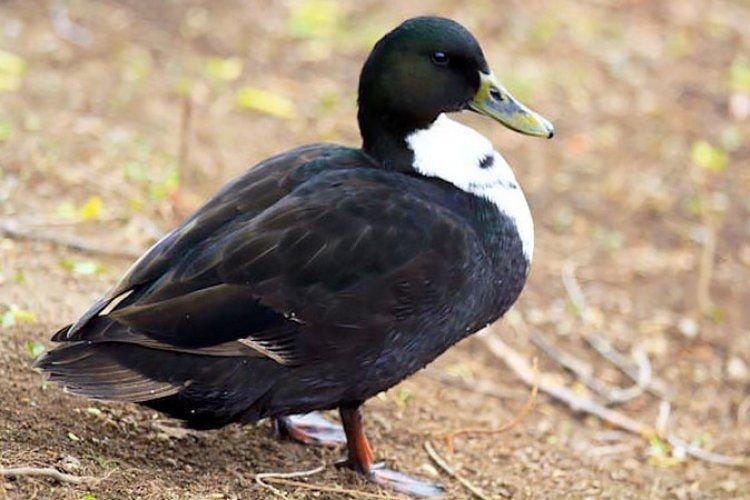
Star 53
This is a large and heavy broiler with a massive and muscular chest, which is why fillets are especially appreciated. Ducks do not need to walk, and they quickly gain weight on special feed, but you need to constantly monitor the cleanliness, dryness and temperature of the poultry house.
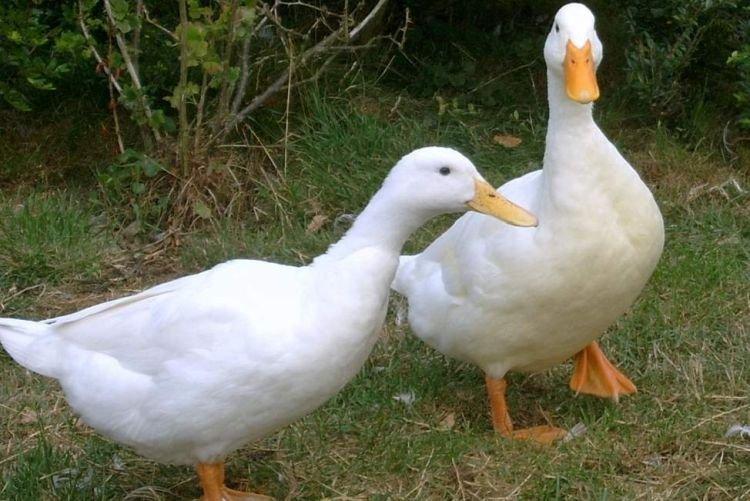
Moscow White
Another domestic hybrid practically does not need special care, but at the same time it gives very tasty meat. The Moscow duck easily tolerates frosts, almost does not get sick and grows up to 4.4 kg. But for life they definitely need a reservoir.
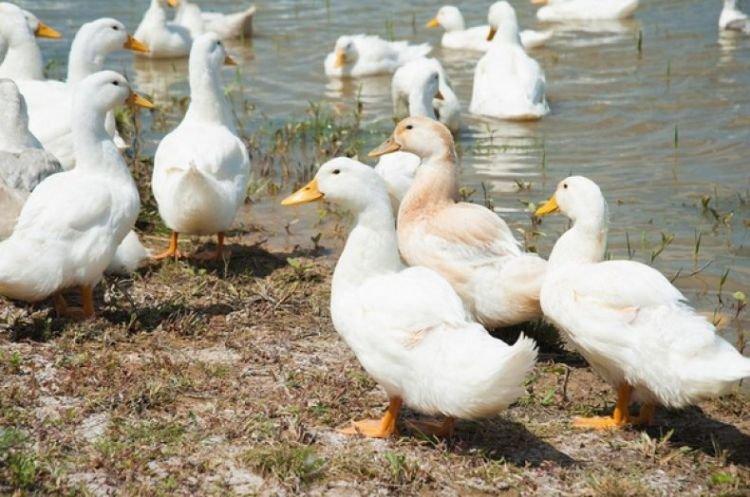
Musky
Due to the specific structure of the skull, the breed is a bit like turkeys. Large individuals grow up to 6 kg, but do not gain weight too quickly. Indo-ducks do not make noise, they can live without a reservoir, and their eggs are perfectly stored, but they love to fly and they have a specific smell.
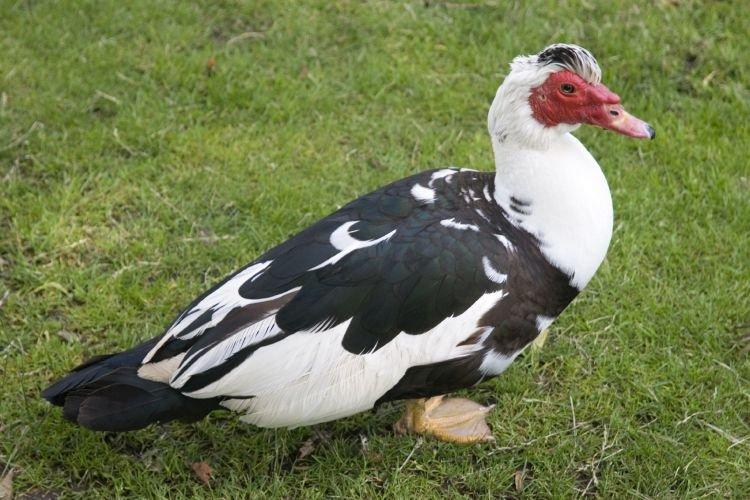
Mulard
The mix of Peking ducks and musk ducks has proven to be very productive. The bird practically does not get sick, easily adapts to external conditions, and its meat is valued for its excellent taste. But mularda are sterile, and ducklings are very difficult to raise.
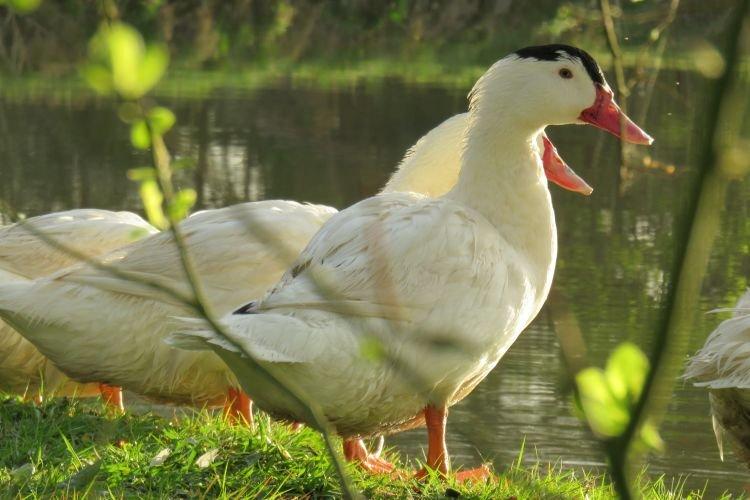
Meat and egg breeds of ducks
This is a versatile option for commercial breeding. Such ducks are considered the most profitable because they produce quite a lot of meat, and their egg production is above average.
Khaki Campbell
This is one of the most popular breeds for industrial breeding, on the basis of which many meat and meat-and-meat hybrids have been bred. One duck weighs about 3 kg and produces up to 300 eggs per year. But they mature rather slowly and rush only after 4 months.
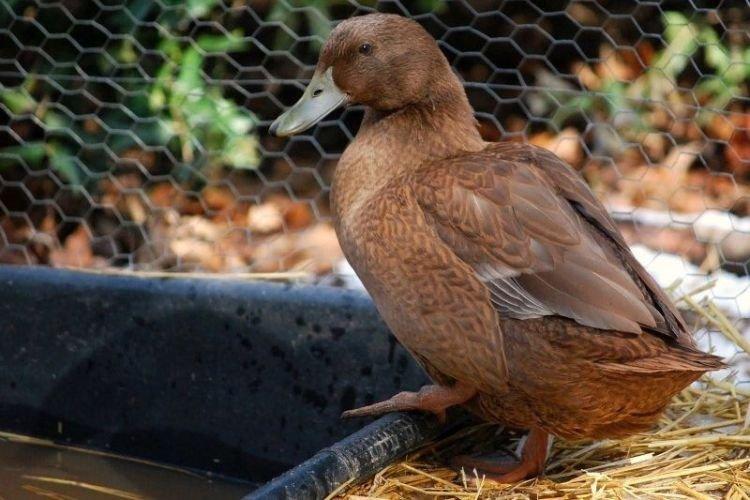
Orpington
The English breed is bred from Indian runners, mushers and domestic ducks. She has a large body with fawn red-brown plumage. An adult drake gains weight up to 3.5 kg, and females lay up to 160 eggs per year.
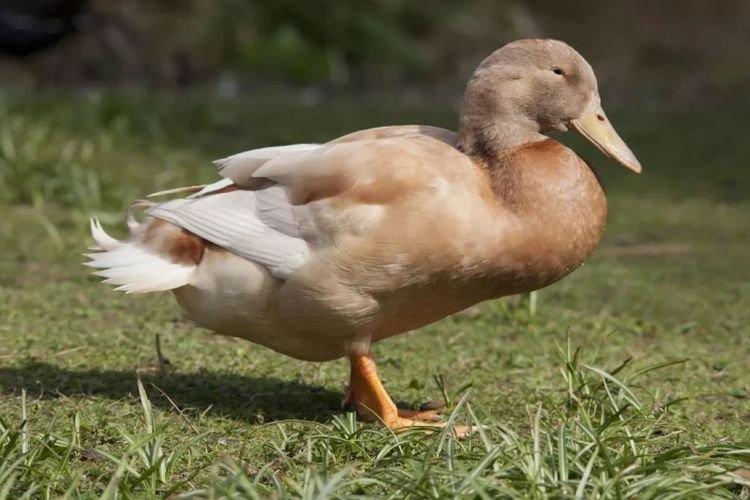
Agidel
The young breed has already proven itself to be fast in weight gain, endurance and habituation to any climate features. A well-fed white duck produces up to 3 kg of meat and 200 eggs annually.
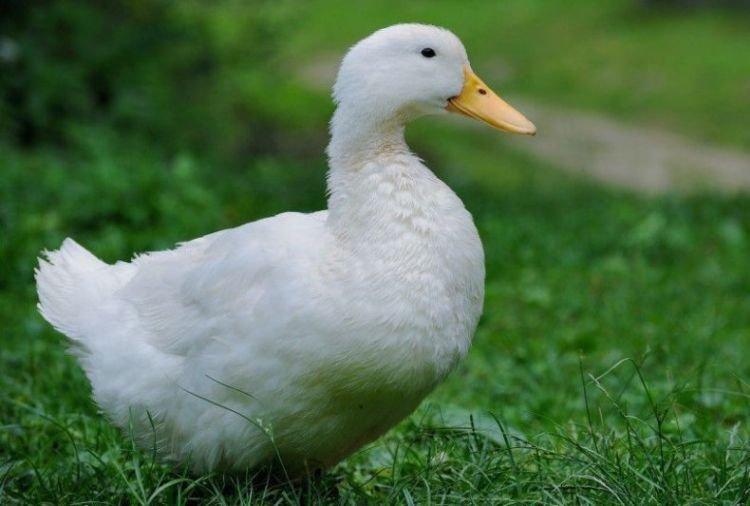
Mirrored
It is these ducks that are most often found in our reservoirs, and they are also bred for household needs. The drake grows up to 4 kg, and one duck lays up to 200 large eggs each year, 80 g each. Young animals have a high survival rate, but they are afraid of drafts and need grain feeding.
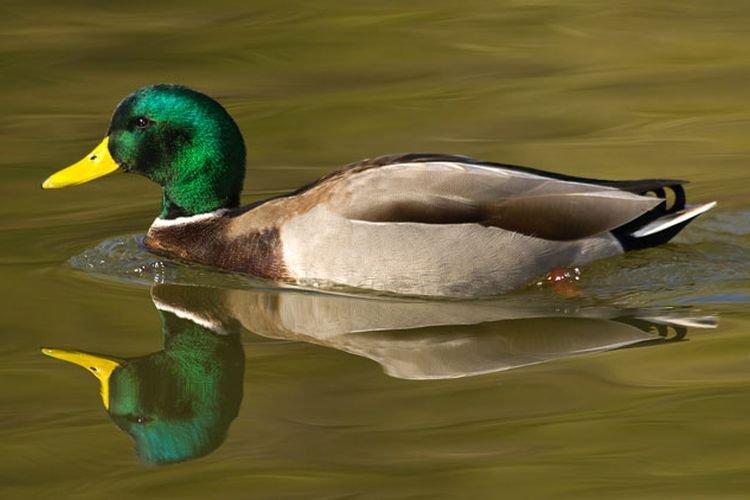
Swedish blue
The main advantage of this breed is frost resistance.The productivity of large ducks with a wide body is above average - up to 4 kg of weight and up to 120 eggs. An unusual white-gray color with reddish splashes looks interesting.
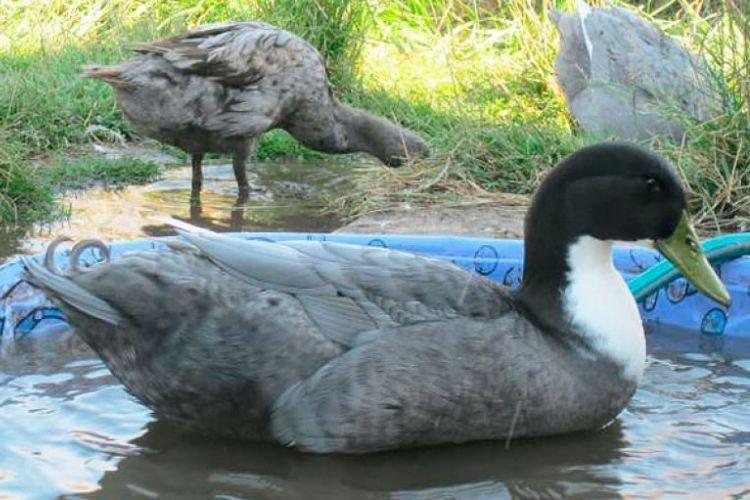
Bashkir colored
The breed was bred by mutations of Peking ducks, and it appeared by chance. The result was up to 3-4 kg of lean meat and about 150 eggs per year. Such ducks are completely unpretentious and adapt to different conditions, including weather.
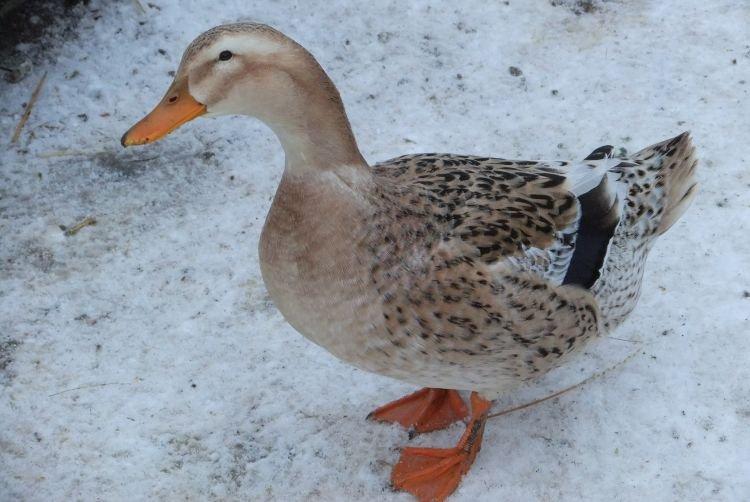
Favorite
Through long selection work, it was possible to breed a duck, which has really become a favorite in the meat and meat business. They are large, grow quickly, gain up to 3 kg within 1.5 months, and per year they carry up to 300 large eggs, 90 g each. But the favorites are more capricious in terms of keeping conditions and nutrition.
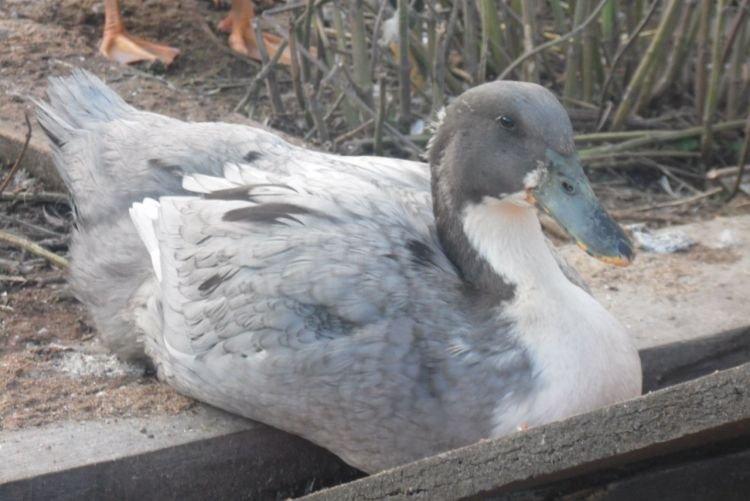
Saxon
The German breed is distinguished by its dense constitution and tasty, completely lean meat. Saxon ducks are noisy and active, but friendly and do not conflict with other birds on the site. Drakes grow up to 3.5 kg, ducks lay up to 200 eggs per year.
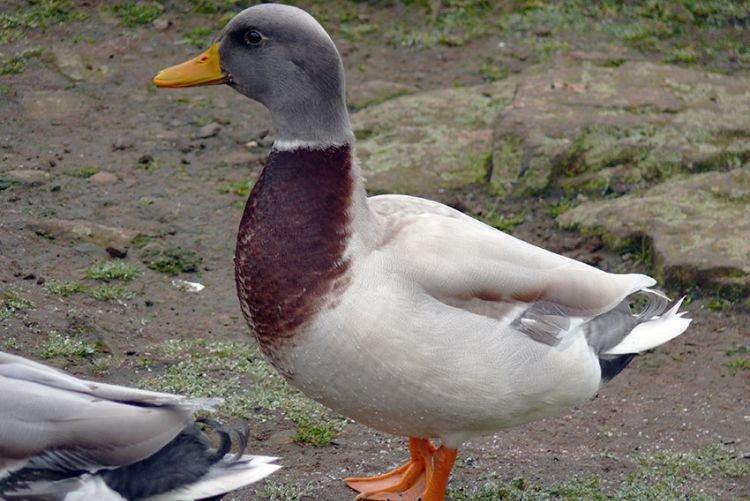
Indian runner
One of the strangest species of ducks is characterized by a straight body position, which is why they are often bred as decorative ones. They have phenomenal egg production - up to 250 eggs per rather small duck up to 2 kg. This is the only breed that is widely distributed as an exclusively egg breed.
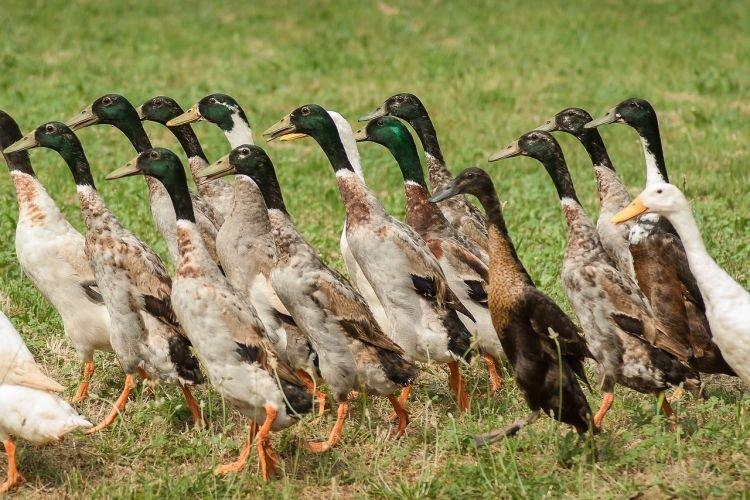
Decorative breeds of ducks
Ornamental ducks are not raised for eggs or for slaughter, and this category includes the most unusual outwardly breeds. They are brought in only to decorate ponds or "for the soul."
Mandarin duck
Mandarin ducks are rightfully considered one of the most beautiful ducks, and they came to us from China. They are rather small, only up to 700 g, but are notable for their colorful multicolored plumage and a lush "hood" around the neck.
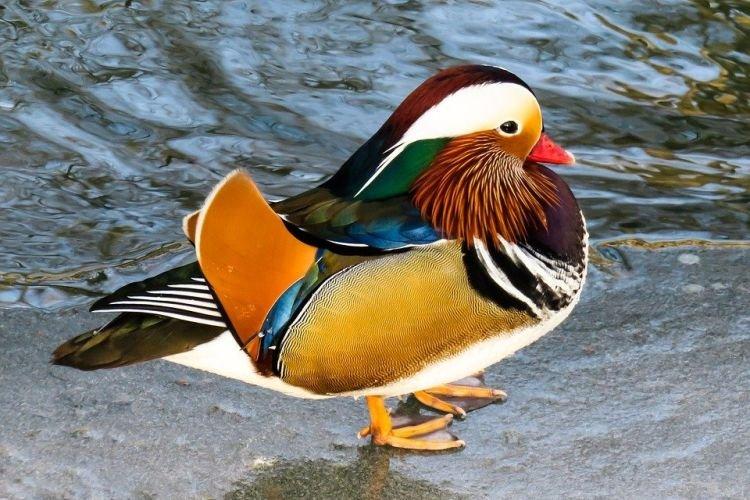
Karolinska
The female Carolinas have gray-brown variegated plumage, but the males boast a luxurious blue-green tint and a tuft with white stripes. The breed is well adapted to our latitudes and adapts to any conditions of keeping.
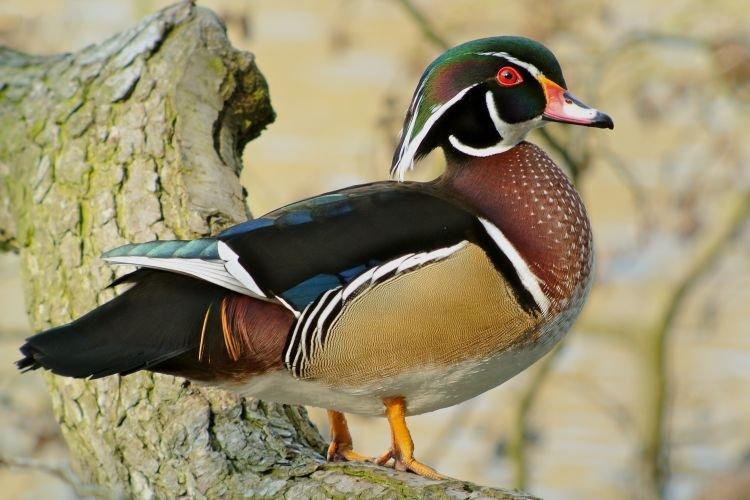
Red-nosed duck
This funny medium-sized duck is very popular among breeders for its beautiful orange plumage, which makes the head of the drakes look like a fluffy ball. Dives are excellent at navigating the water and fly well, but they are not very maneuverable in flight.
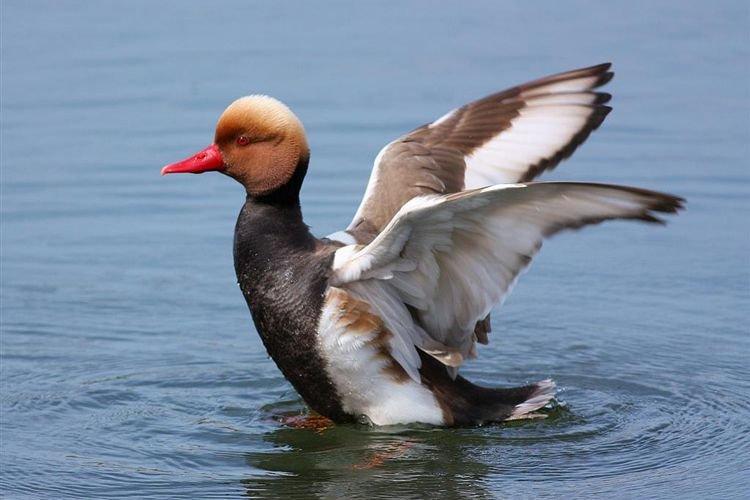
Ogar
In another way, this breed is also called the "red duck" for its unusual red color. The head is almost white, smoothly turns into golden, but the tail and flight feathers are black. The fires are medium in size and weigh about 1.5 kg.
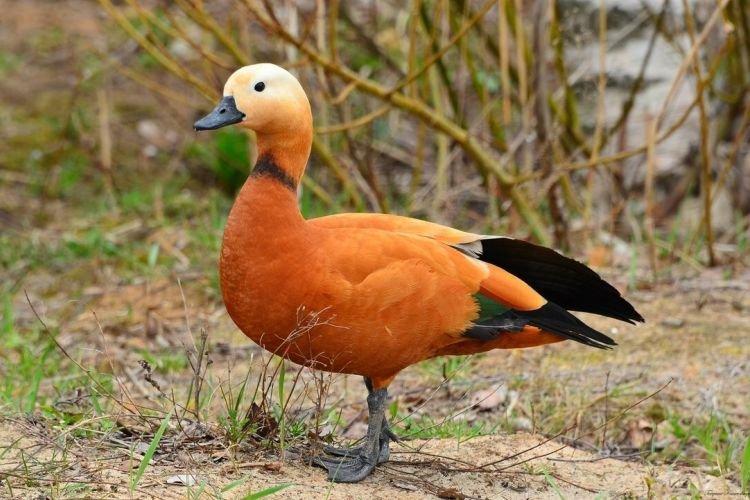
Redhead whistling
This wild duck is increasingly grown near ponds in parks for decorative purposes. The bird is small, up to 700 g, but with a very long neck and large head. For keeping in cold regions, you need a warm reservoir and a room.
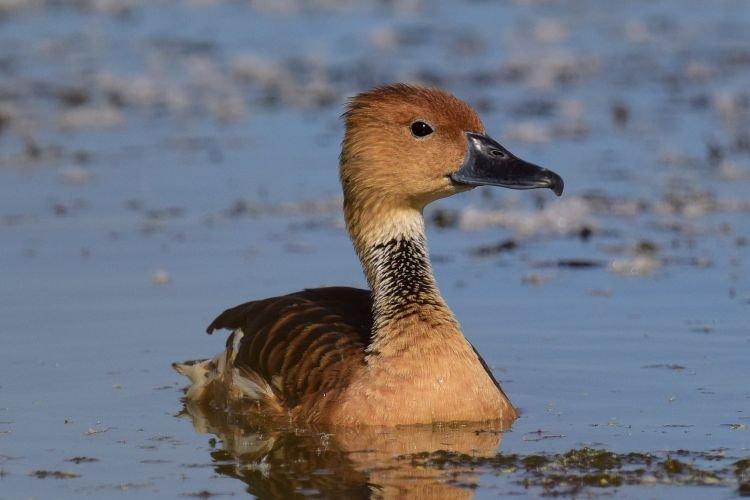
Cayuga
The old American breed is still very popular today. It is notable for its unusual dark color, which seems to be either black or completely green, depending on the lighting. The kayug is also bred on an industrial scale.

Peganka
Another wild variety that has taken root on the farm as an ornamental one. In nature, Shellings live in pairs, need company and are very vociferous. The plumage is white, but with brown, green, iridescent and even red fragments.
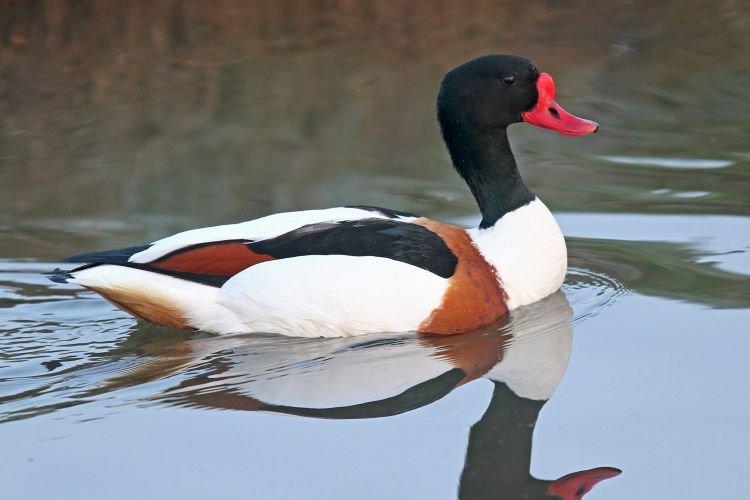
Crested
This is a hybrid of different European breeds with a well-developed muscular body and a funny tufted head. The wide neck seems slightly fluffy, and the color of the beak depends on the color of the particular duck.
